The space race between SpaceX and Blue Origin is heating up once again. As we near mid-October, both companies have made significant strides. SpaceX has officially moved Booster 15 (B15) to the launchpad at Starbase, gearing up for the highly anticipated Flight 11 of Starship, while Blue Origin has finally rolled out its New Glenn booster for testing at Cape Canaveral.
But as always in aerospace, progress isn’t always evenly paced — and while SpaceX charges forward, Blue Origin’s journey is a bit more turbulent. Let’s break down both developments in detail.
🚀 SpaceX Rolls Out B15 to the Launchpad for Starship Flight 11
B15 Moves from Mega Bay to Pad — A Major Step Toward Liftoff
On the morning of September 26, observers spotted Booster 15 (B15) leaving SpaceX’s Mega Bay and making its way to the Rocket Garden, initiating the final phase of preparations for Flight 11.
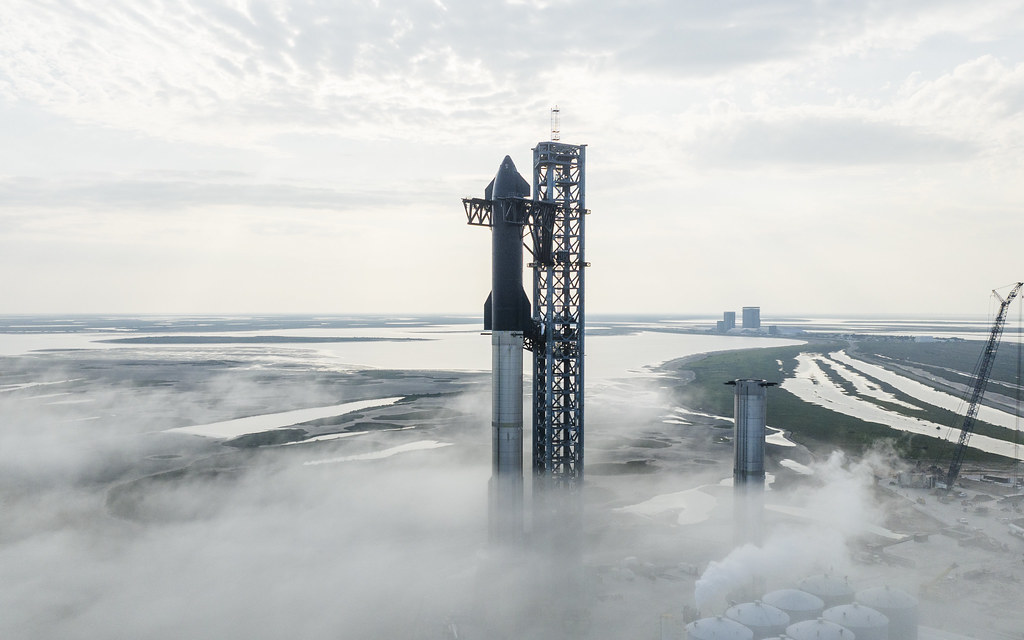
This move was crucial. With Ship 38 (S38) having returned to the production site for final checks, the launchpad was free for modifications. Engineers worked tirelessly over the following two weeks to:
- Remove old ship testing systems
- Install new cladding
- Ensure all connections and interfaces were correctly aligned
On October 8, B15 made its way to the pad under a road closure from 10 AM to 2 PM, escorted by a familiar fleet of Cybertrucks, marking one of the last transport operations before launch.
The Chopsticks Welcome B15
Upon arrival, the iconic launch tower chopsticks were seen opening wide to receive the booster. But before it was lifted, SpaceX teams conducted quality checks on the booster quick disconnect (QD) system, including repeated open-and-close cycles of the QD lid.
By that afternoon, B15 was successfully mounted onto the Orbital Launch Mount (OOLM). Soon after, SpaceX posted on X (formerly Twitter):
“Flight-proven Superheavy booster moved to the pad at Starbase ahead of launch.”
Photos included in the post showcased:
- Close-ups of the Raptor engines
- The powerful, symmetric engine array
- Signs of reused components, including 24 engines from Flight 8
This confirms SpaceX’s ongoing push for reusability, reducing costs and increasing flight cadence.
What’s Next for Starship Flight 11?
With B15 on the pad, attention turns to Ship 38 (S38). It’s undergoing:
- Post-test inspections
- Detailed engine analysis
- Heat shield improvements
This includes the new “crunch wrap” layer for enhanced protection during re-entry, replacing the less durable metallic tiles. Engineers are also fine-tuning the Flight Termination System (FTS) and installing the simulated Starlink payload.
Everything must be ready for a wet dress rehearsal before the expected launch window on October 13.
🚨 Timeline Check: S38 must roll to the pad by October 11 or 12 for final integration.
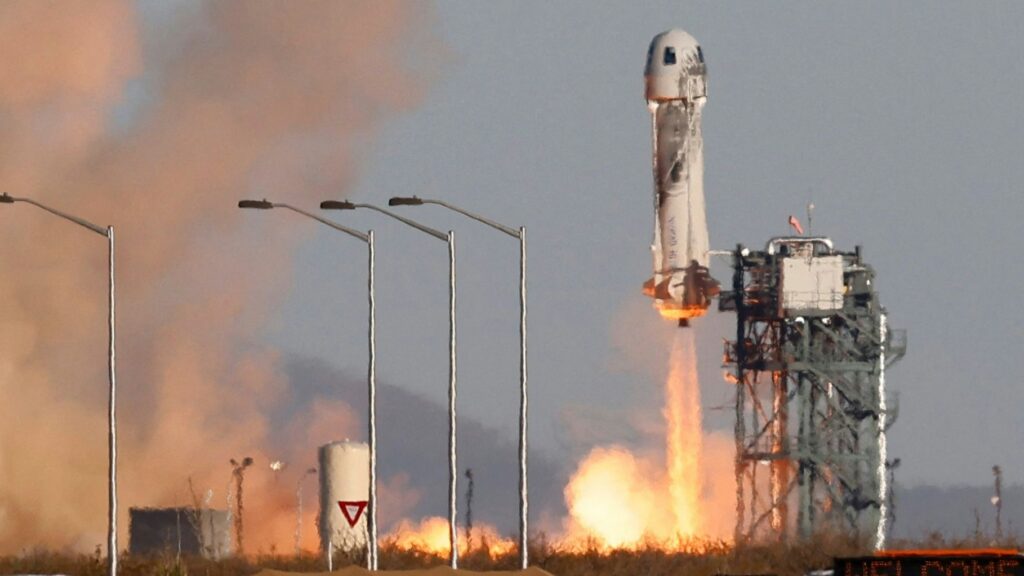
🧪 Flight 11 Will Test New Upgrades & Recovery Techniques
SpaceX has big plans for Flight 11. Here’s what makes this mission so important:
1. Engine Reuse Pushes Limits
- 24 of 33 Raptor engines on B15 are reused.
- The company must ensure no repeat of the middle ring engine failure from Flight 10.
2. New Landing Burn Simulation
- Simulates V3 operations (next-gen Starship hardware).
- Includes a higher angle of attack descent profile for more accurate re-entry dynamics.
3. Improved Heat Shield Performance
- The new “crunch wrap” aims to enhance thermal protection, vibration damping, and structural integrity.
4. FTS Status Still Unclear
- No visible FTS installation occurred post-rollout.
- Likely installed inside the Mega Bay, alongside the hot staging ring.
Every test, system check, and modification moves SpaceX closer to full reusability and deep space Starship missions.
📡 Blue Origin Rolls Out New Glenn Booster — Progress with Caveats
While SpaceX prepares for launch, Blue Origin also made headlines by rolling out its New Glenn booster for the first time.
On October 19, the booster was transported horizontally from Blue Origin’s factory to Launch Complex 36 (LC-36) at Cape Canaveral.
New Glenn Features All 7 BE-4 Engines
This is a big leap forward.
Photos suggest that New Glenn is now equipped with all seven BE-4 engines, each one crucial to the rocket’s 1,750 tons of thrust (~3.8 million lbs of force). This puts it in the heavy-lift league, though still behind Starship’s Super Heavy in raw power.
Key updates:
- Transported using a specialized rail-track trailer system
- No close-up images yet, but visual evidence suggests engine section is fully installed
- Indicates improved BE-4 engine availability, a long-time bottleneck for Blue Origin
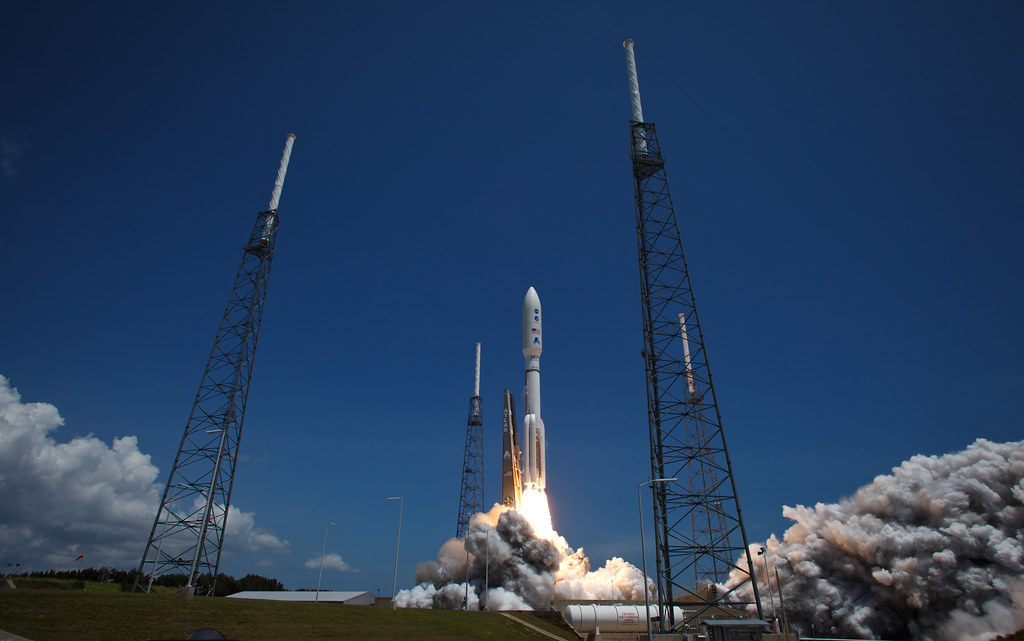
Static Fire Test on the Horizon
The upcoming NG2 mission is scheduled to begin static fire testing mid-October. If successful, this would mark the start of New Glenn’s active operational testing.
💥 The static fire test will validate:
- Full-thrust engine performance
- Integrated system reliability
- Countdown procedures under launch conditions
While initial statements hinted at an October launch, delays mean it may slip to early November.
According to journalist Eric Berger, Blue Origin is targeting a November 9–11 window — a more realistic timeline as they proceed with caution.
🧑🚀 Blue Origin’s Suborbital Success: New Shepard NS-36 Launches Again
While New Glenn garners attention, Blue Origin remains active in suborbital flights.
On October 4 at 9:40 AM ET, the New Shepard NS-36 mission launched from West Texas, carrying six paying passengers to the edge of space.
Flight Highlights
- Reached 107 km, just past the Kármán line
- Capsule safely parachuted back after ~10 minutes
- Booster landed vertically, marking the 15th successful crewed flight
This is a clear demonstration of New Shepard’s reliability post the 2022 anomaly, reaffirming Blue Origin’s position in the space tourism market.
🚨 Starship vs New Glenn: Who Will Launch First?
With both rockets now at their respective pads, the space community is wondering: Who will launch first — Starship Flight 11 or New Glenn?
Current Status:
| Rocket | Status | Launch Window |
|---|---|---|
| Starship Flight 11 | Booster on pad, ship pending | Oct 13 (Targeted) |
| New Glenn NG2 | Booster on pad, static fire pending | Nov 9–11 (Likely) |
Unless unexpected delays hit SpaceX, Starship Flight 11 is on track to fly first. But New Glenn could still surprise us if static fire tests go smoother than expected.
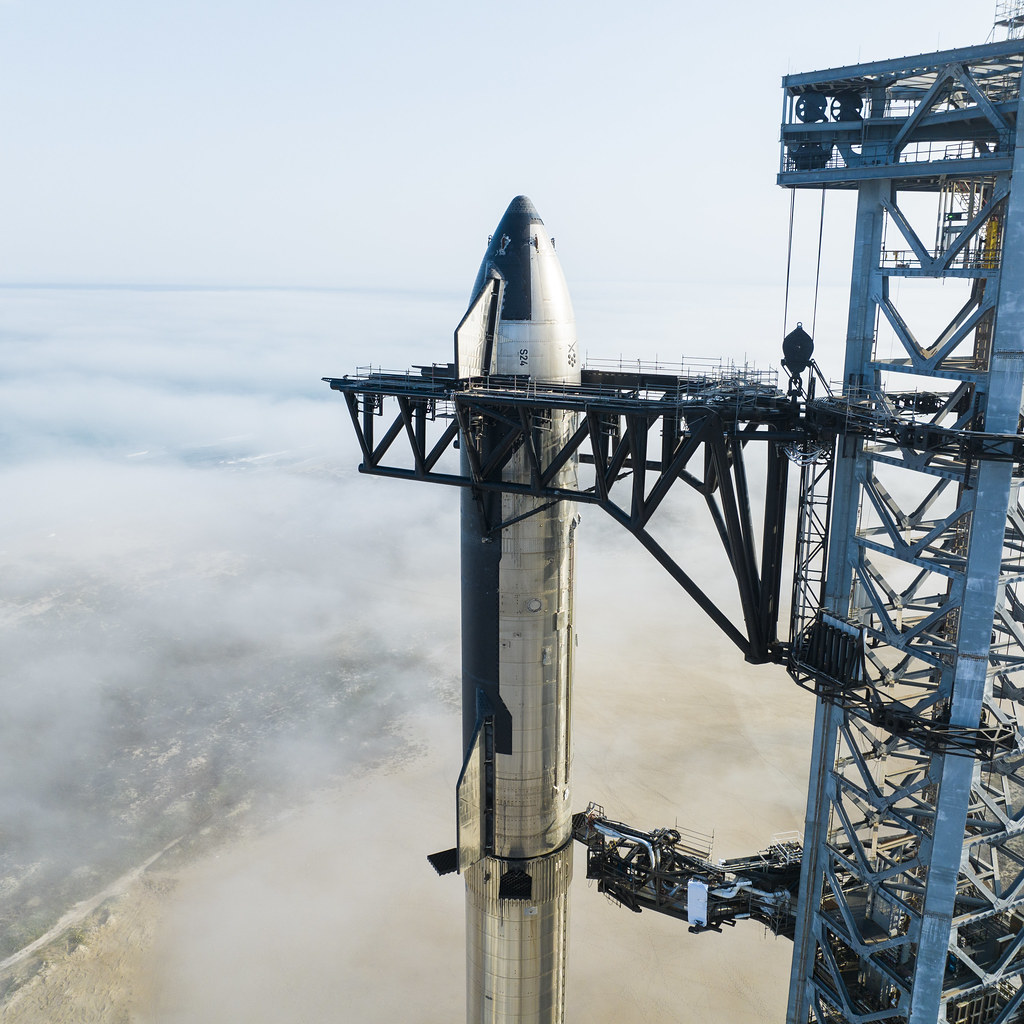
🤔 Why This Matters: The Bigger Picture
These developments aren’t just about rockets launching — they’re about the future of space access.
For SpaceX:
- Starship’s success determines the timeline for Mars missions, lunar landings, and deep space cargo.
- Reusability and rapid iteration are key to scaling launch frequency.
For Blue Origin:
- New Glenn must perform to gain NASA and DOD contracts.
- The company is positioning itself as a viable national security launch provider.
- A successful drone ship recovery would solidify its reusability credentials.
✅ Conclusion: A Defining Month for Space Launch History
The weeks ahead will be defining moments for both SpaceX and Blue Origin.
- SpaceX’s Flight 11 will test engine reuse, advanced re-entry profiles, and new heat shield tech — all critical to scaling Starship operations.
- Blue Origin’s New Glenn rollout shows long-awaited progress, but they still need to prove consistent engine performance and launch-readiness.
Whether you’re team Starship or team New Glenn (or both!), one thing’s for sure — the future of spaceflight is being written right now.
FAQs
1. What is Starship Flight 11?
Starship Flight 11 is the upcoming integrated launch of SpaceX’s Starship and Super Heavy booster (B15) from Starbase, Texas. It’s a major milestone designed to test reusability, improved heat shields, and advanced descent profiles.
2. When is Starship Flight 11 launching?
As of now, SpaceX is targeting a launch window around October 13, 2025. However, this could shift depending on final pad operations and weather conditions.
3. What makes Booster 15 (B15) different from previous Starship boosters?
B15 features 24 reused Raptor engines from a previous flight (Flight 8) and is set to demonstrate SpaceX’s push for engine reusability. It also supports a new landing burn sequence and improved systems.
4. Has the Flight Termination System (FTS) been installed on B15?
Although there’s no visible sign of FTS installation post-rollout, it’s believed to have been installed inside the Mega Bay during integration alongside the hot staging ring.
5. What is the significance of Ship 38 (S38)?
Ship 38 is the spacecraft component of Starship Flight 11. It’s undergoing engine inspections and heat shield upgrades before it rolls out for final integration with Booster 15.
6. What is the “crunch wrap” heat shield?
The “crunch wrap” is SpaceX’s term for a new heat-resistant protective layer designed to better handle vibration, structural stress, and high temperatures during atmospheric reentry.
7. What is New Glenn, and who builds it?
New Glenn is a heavy-lift orbital rocket developed by Blue Origin. It’s named after astronaut John Glenn and is designed for high-payload commercial and government launches.
8. When will New Glenn launch for the first time?
The debut launch of New Glenn is now tentatively scheduled for November 9–11, 2025, assuming the static fire test in October is successful.
9. How many engines does New Glenn have?
New Glenn’s first stage is powered by seven BE-4 engines, producing a combined thrust of approximately 3.8 million pounds (1,750 metric tons).
10. What is a static fire test?
A static fire test is a key pre-launch procedure where the rocket’s engines are ignited while the vehicle is held down to verify performance, system integrity, and launch-readiness.
11. How does New Glenn compare to SpaceX’s Starship?
While Starship is more powerful and designed for full reusability and deep space missions, New Glenn targets heavy-lift orbital missions with partial reusability (booster recovery via drone ship).
12. Has New Glenn flown before?
No, New Glenn has not flown yet. The recent rollout to LC-36 is its first visible major step toward flight readiness.
13. What is the NG2 mission?
NG2 is the internal designation for New Glenn’s second test unit, expected to carry out the first major static fire and possibly launch Blue Origin’s first Mars-bound NASA payload.
14. What is New Shepard, and how is it different from New Glenn?
New Shepard is Blue Origin’s suborbital space tourism rocket, designed for brief trips past the Kármán line. In contrast, New Glenn is an orbital launch vehicle built for government and commercial missions.
15. Will Blue Origin compete with SpaceX for government contracts?
Yes. If New Glenn’s first mission is successful, Blue Origin could qualify for national security missions, NASA launches, and Department of Defense contracts, directly competing with SpaceX.
Read More:
- Elon Musk: ‘I Can’t Believe It!’ Tesla Bot Gen 3 Finally Leaks With 100 Tasks & Full Function
- All 38 New Tesla Model Y Standard Features Revealed
- Tesla takes huge step with Cybercab in new spotting
- Tesla Model Y L helps boost China wholesale numbers to 90,812 units in September
- The Tesla Model Y Standard is actually a great deal in Europe

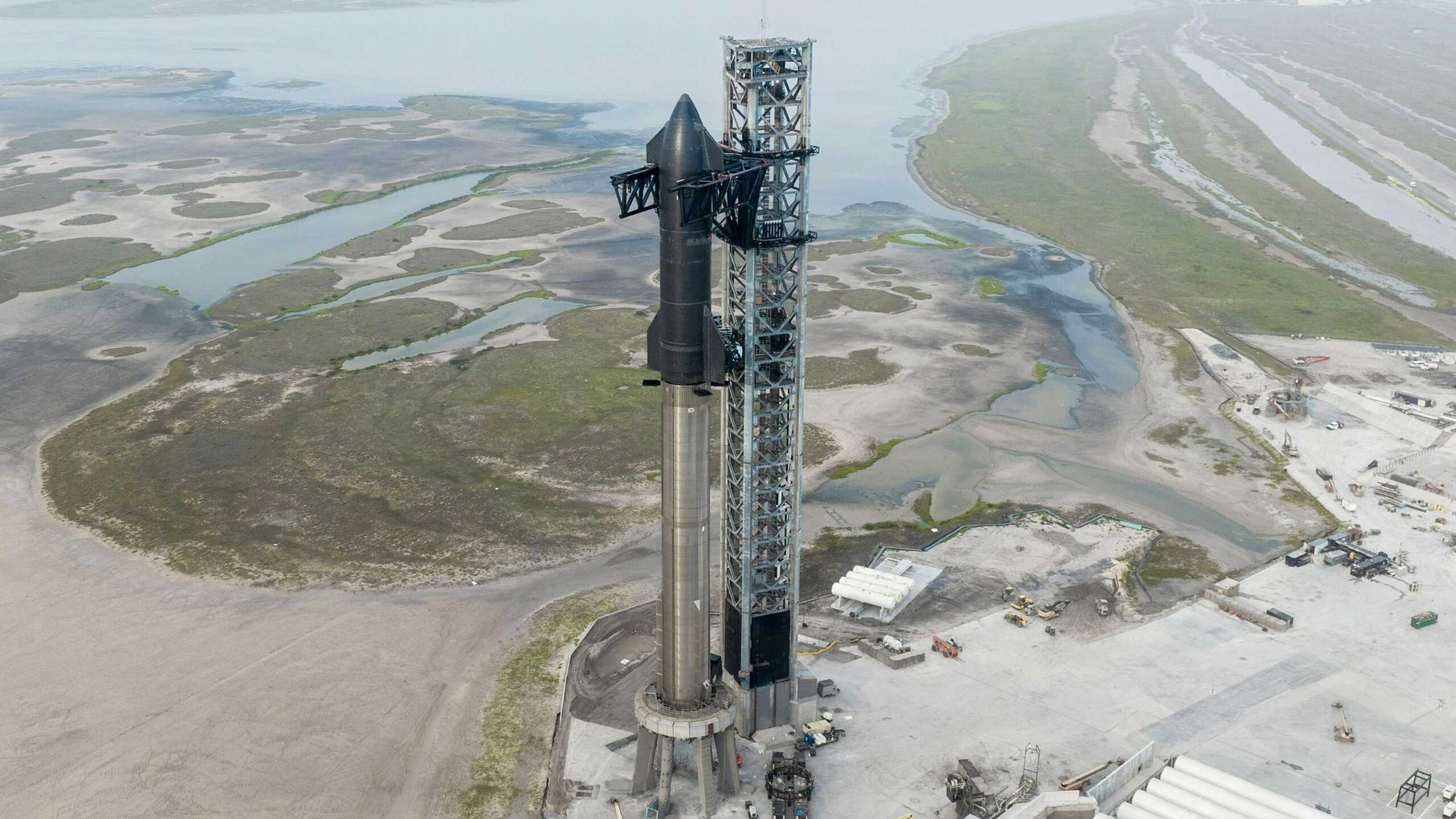
1 thought on “Starship Flight 11 Booster on Pad to Launch in Days! Blue Origin New Glenn also Moved BUT”